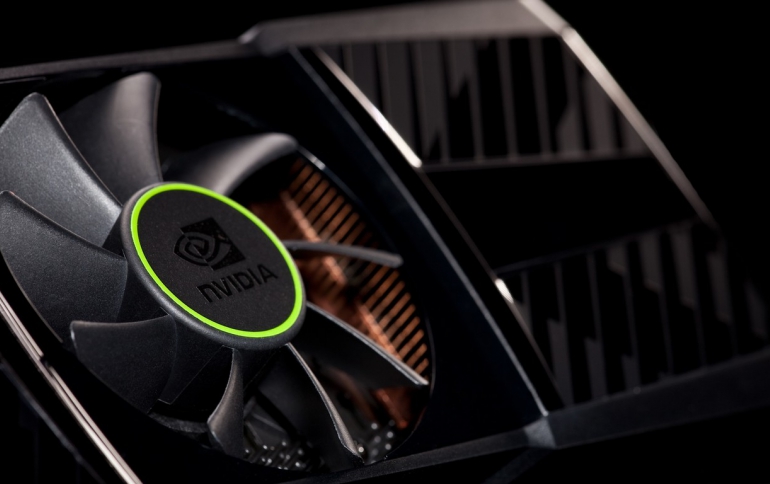
NVIDIA to Return $1 Billion to Shareholders
NVIDIA will return $1 billion this fiscal year to shareholders in the form of stock buybacks and dividend payments, including $100 million in stock being repurchased this quarter.
This will bring to $1.2 billion the total capital returned to shareholders since the company announced its quarterly dividend program in November 2012, Nvidia said on Thursday,
NVIDIA had previously disclosed the return of $200 million in capital to shareholders since November. This includes $100 million in shares repurchased in its fiscal fourth quarter ended Jan. 27, 2013 and $100 million in dividends paid in the current and previous quarters.
Nvidia says that the return of a further $1 billion will largely be through a structured stock repurchase program, which includes the $100 million being repurchased in the current quarter. It also includes the company's quarterly dividend of $0.075 per share, which has amounted to about $50 million a quarter.
"NVIDIA's strategies are gaining traction in the market and make us confident in our ability to continue generating cash," said Jen-Hsun Huang, president and chief executive officer of NVIDIA. "We are now broadening our program of giving back cash to our shareholders and plan to return a further $1 billion by the end of this fiscal year."
NVIDIA's financial results for the first quarter of fiscal 2014 ending April 28, 2013 will be reported next month.
Nvidia CEO Jen-Hsun Huang said he expects Nvidia's mobile processor business to remain flat this year as the company focuses on upcoming chips with high-speed LTE technology attractive to smartphone makers.
Huang told investors his company has sacrificed some sales of its Tegra mobile chips in the near term in order to focus on integrating Long Term Evolution (LTE) features on upcoming versions, making them compatible with high-end carrier networks. Unntil now, the lack of LTE technology has kept Nvidia out of the high-end smartphone market, dominated by Qualcomm.
Google has chosen Qualcomm's Snapdragon processors instead of Nvidia's latest Tegra 4 chips to power a new version of the Nexus 7 tablet expected to launch around July.
Nvidia's Tegra 3 chip is used in Microsoft's Surface Windows RT tablet, which has failed to capture customers' interest.
NVIDIA had previously disclosed the return of $200 million in capital to shareholders since November. This includes $100 million in shares repurchased in its fiscal fourth quarter ended Jan. 27, 2013 and $100 million in dividends paid in the current and previous quarters.
Nvidia says that the return of a further $1 billion will largely be through a structured stock repurchase program, which includes the $100 million being repurchased in the current quarter. It also includes the company's quarterly dividend of $0.075 per share, which has amounted to about $50 million a quarter.
"NVIDIA's strategies are gaining traction in the market and make us confident in our ability to continue generating cash," said Jen-Hsun Huang, president and chief executive officer of NVIDIA. "We are now broadening our program of giving back cash to our shareholders and plan to return a further $1 billion by the end of this fiscal year."
NVIDIA's financial results for the first quarter of fiscal 2014 ending April 28, 2013 will be reported next month.
Nvidia CEO Jen-Hsun Huang said he expects Nvidia's mobile processor business to remain flat this year as the company focuses on upcoming chips with high-speed LTE technology attractive to smartphone makers.
Huang told investors his company has sacrificed some sales of its Tegra mobile chips in the near term in order to focus on integrating Long Term Evolution (LTE) features on upcoming versions, making them compatible with high-end carrier networks. Unntil now, the lack of LTE technology has kept Nvidia out of the high-end smartphone market, dominated by Qualcomm.
Google has chosen Qualcomm's Snapdragon processors instead of Nvidia's latest Tegra 4 chips to power a new version of the Nexus 7 tablet expected to launch around July.
Nvidia's Tegra 3 chip is used in Microsoft's Surface Windows RT tablet, which has failed to capture customers' interest.





















